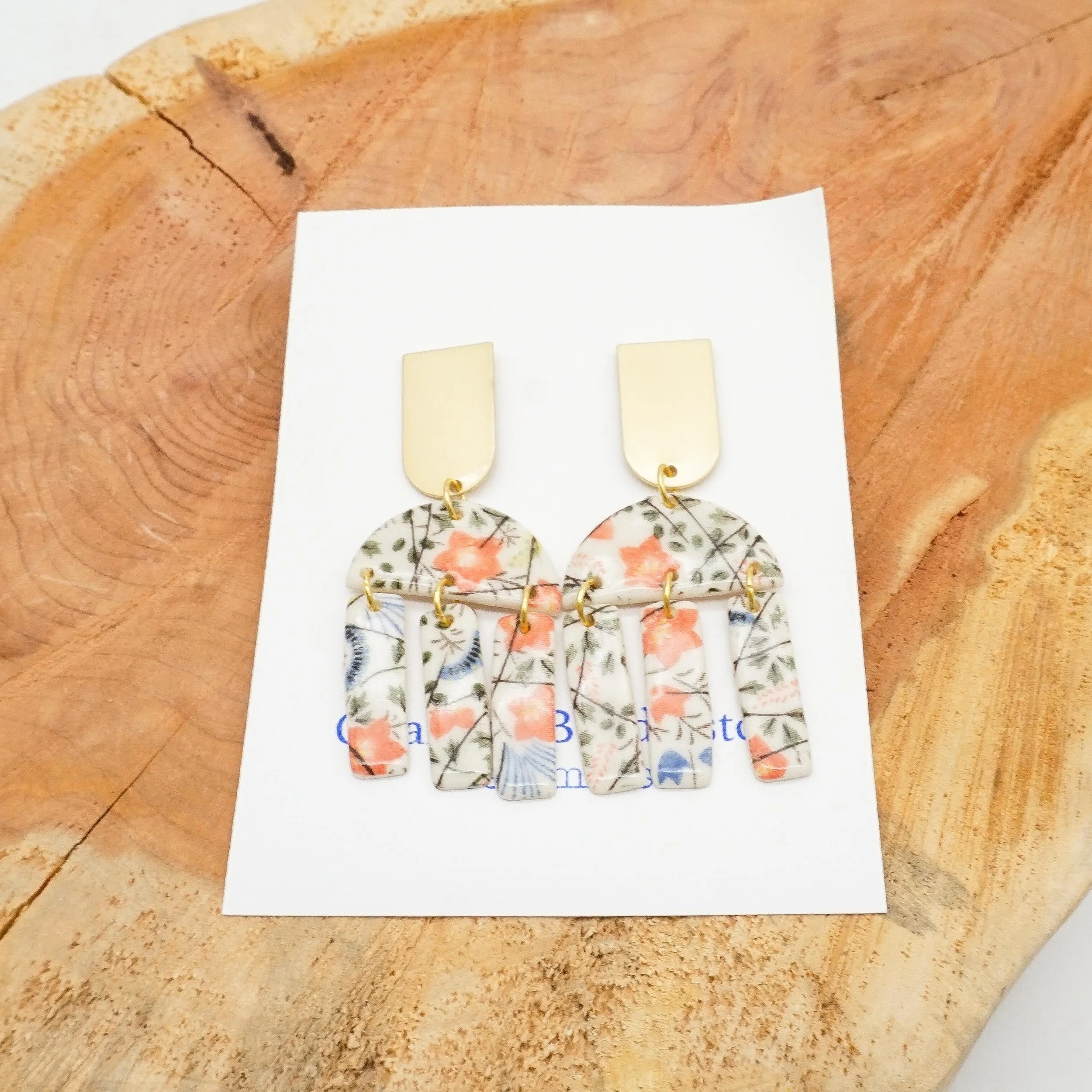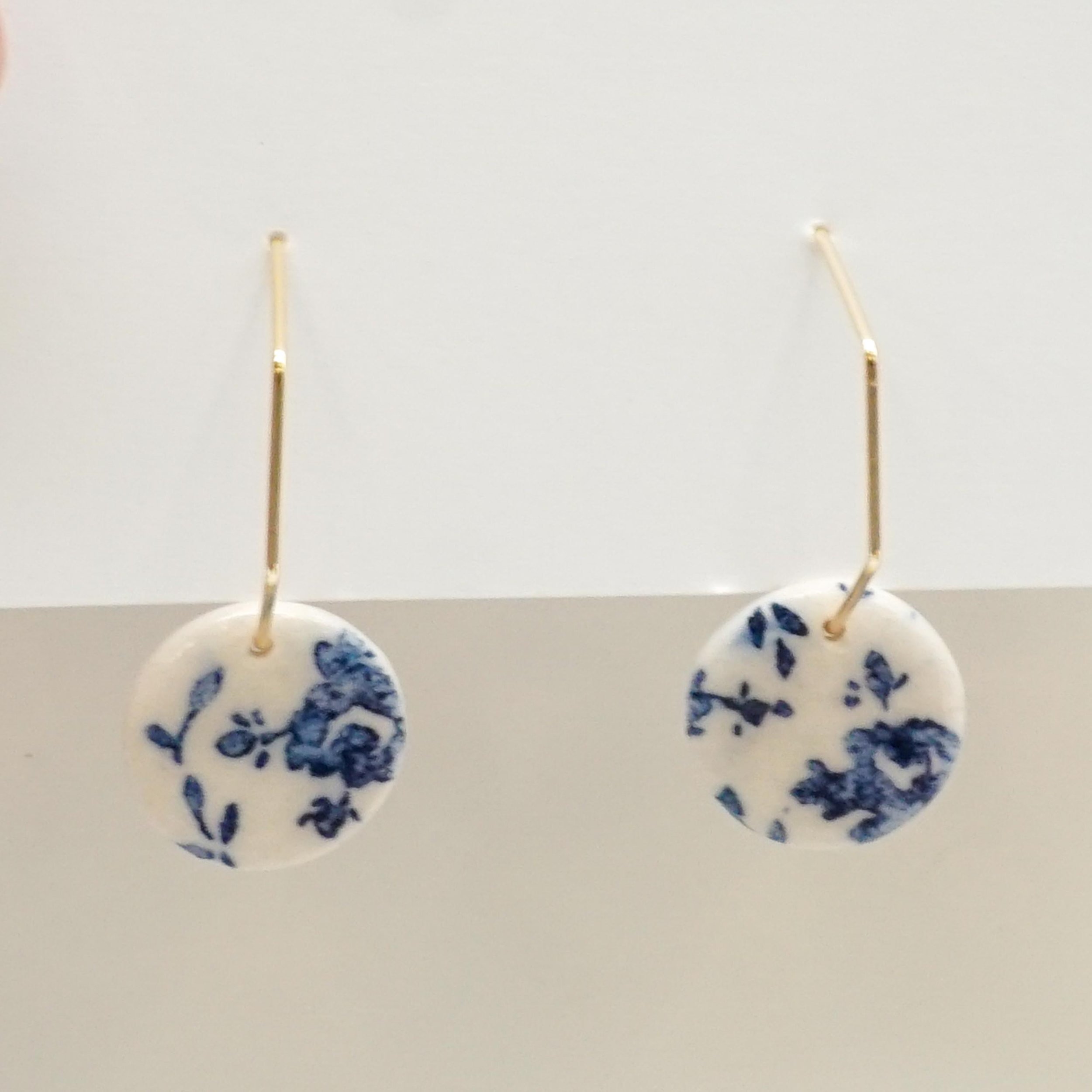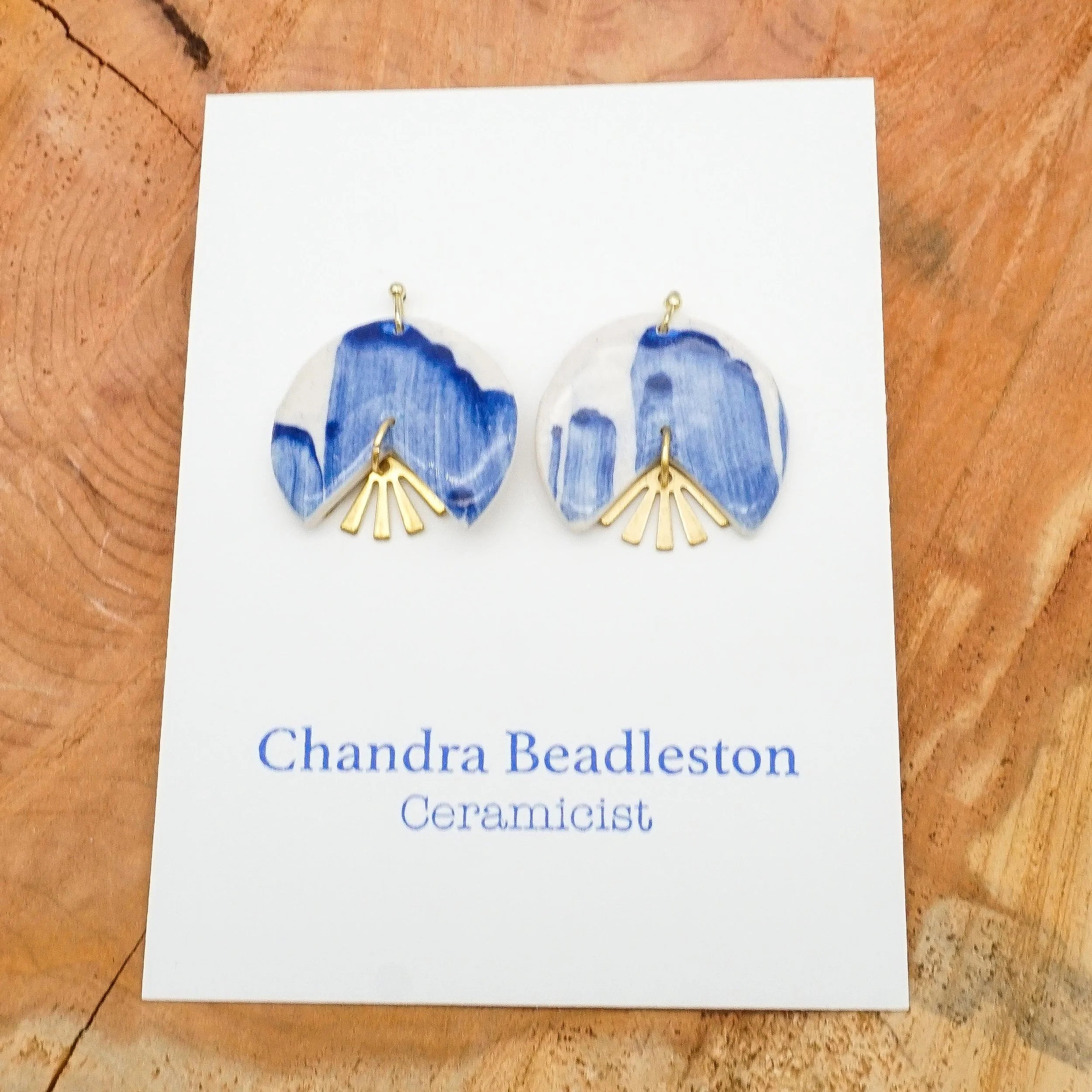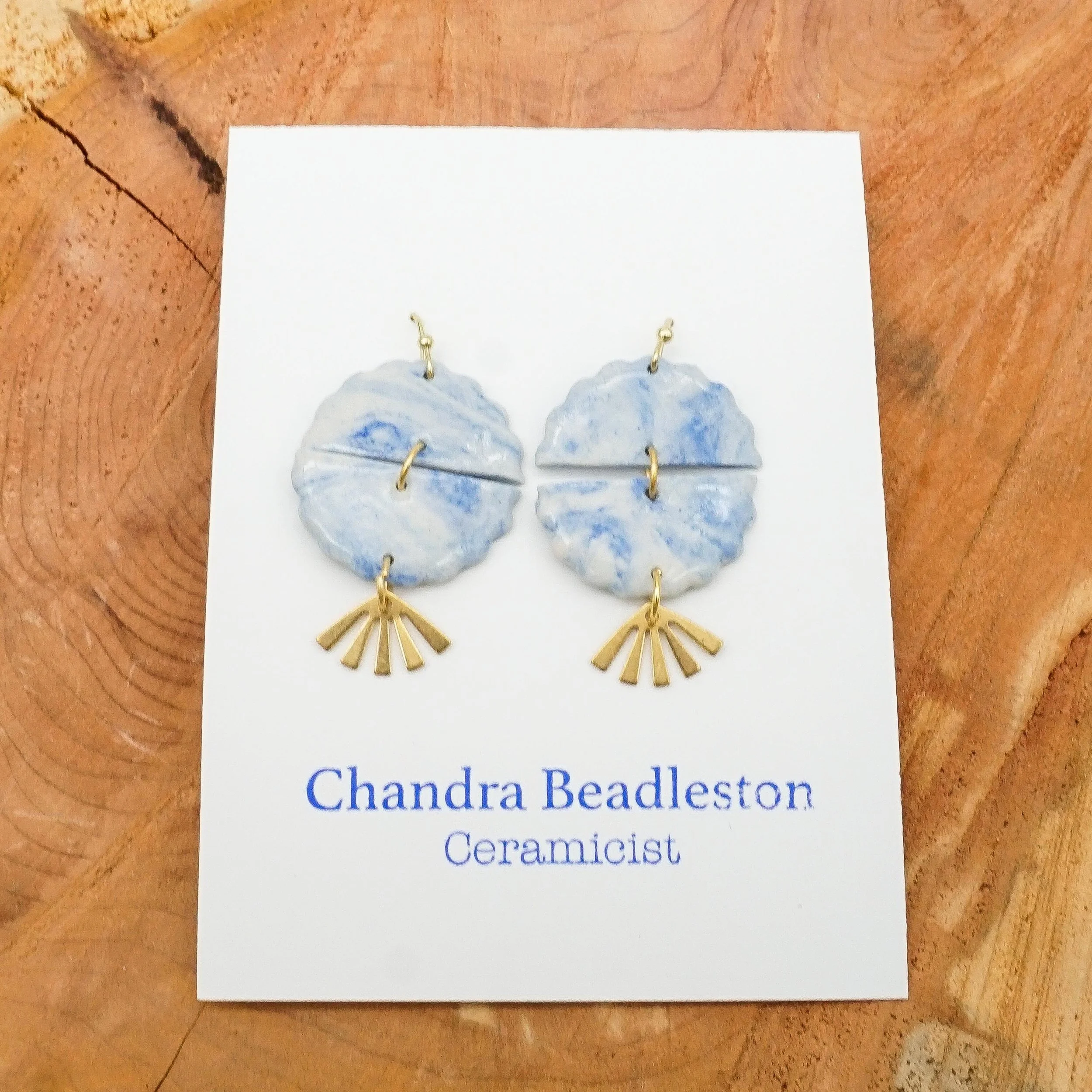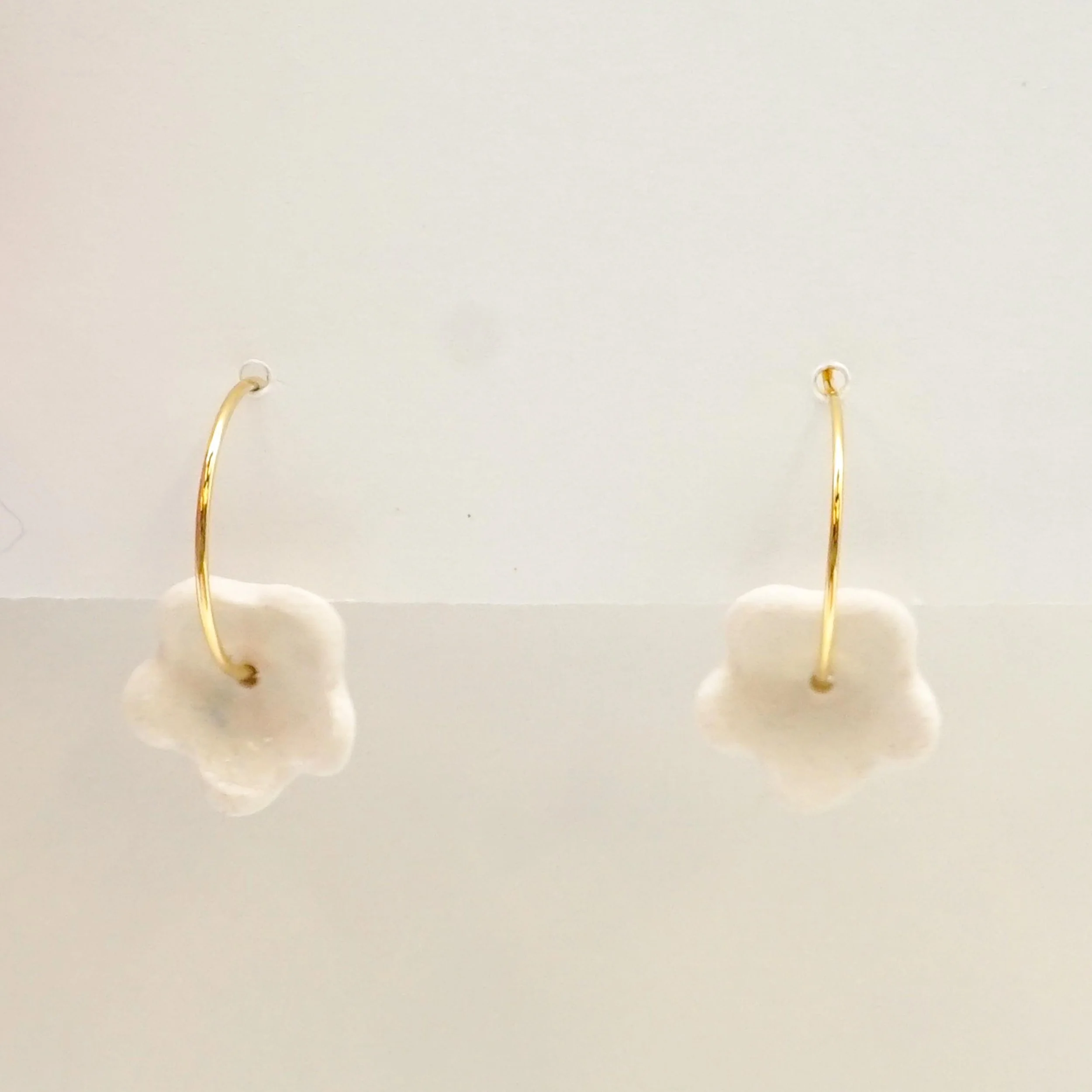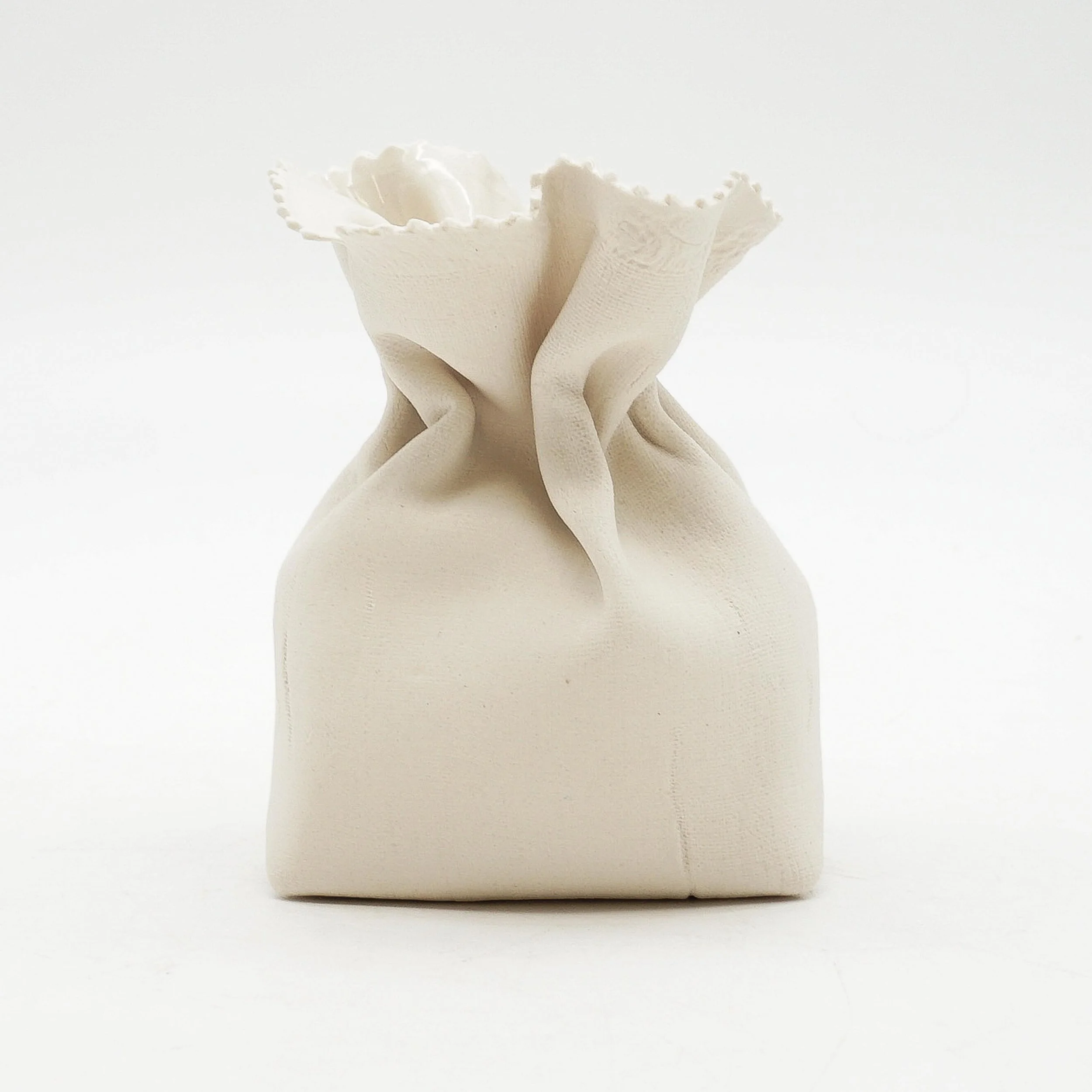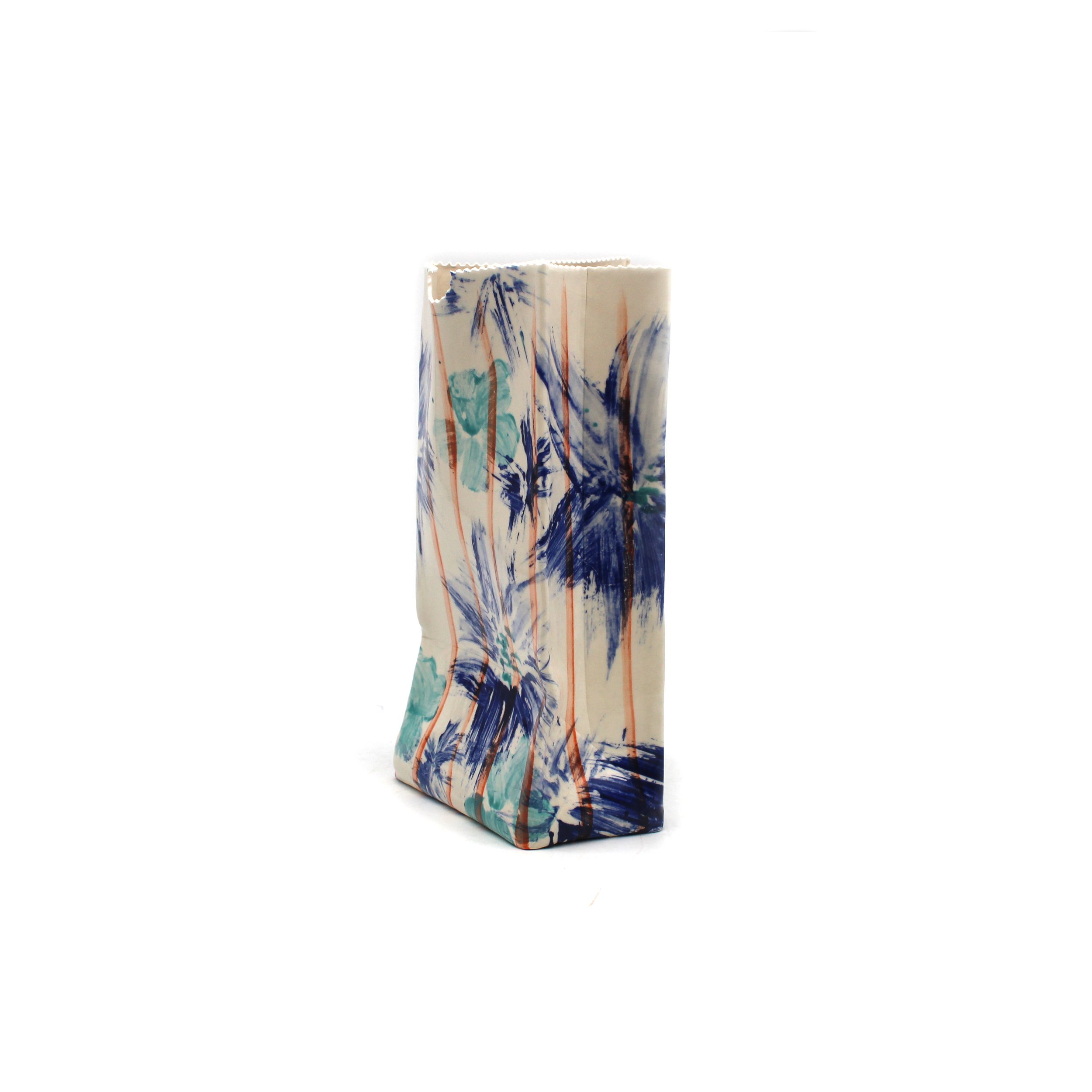

Chandra Beadleston
Bio
Jennifer España is a full-time software developer/architect that works with clay during her free time. She holds undergraduate and master's degrees in Computer Science. Jennifer’s clay journey began in 2010 when she took her first pottery class at the Thompson Park Creative Arts Center in NJ. She continued her clay education in other studios throughout NJ. In 2017, she began building her own home studio, acquiring her own wheel and later her own kiln. She is an active member of the Ceramic Arts Network, NCECA and the Potter’s Guild of New Jersey. Jennifer is the owner of Floppy Ear Pottery (named after her two rescue dogs) and can be seen attending various art shows throughout NJ. When not working in clay or behind a computer, Jennifer enjoys traveling, walking, and spending time with her family around a table of good food and stories.
artist statement
Pottery, for me, started as therapeutic exercise. When my hands touched my first ball of clay, I was amazed at how a lump of mud could be transformed into something functional. When I sit at my wheel, my mind clears, and I am focused on how the clay is shaped by my hands. From the beginning, this experience transformed my curiosity into a love affair with clay.
As a potter, I am inspired by the idea that art can be utilitarian and a celebration of our daily lives. Whether I am making an “ordinary” mug or a “humble” bowl, I enjoy experimenting with different forms and surface decorations that elicit feelings of fun and playfulness while enhancing the piece’s beauty and function. Although I describe my pottery as eclectic, the common theme in my craft is color. I enjoy using glazes that move, run and produce kaleidoscopic effects in my pieces. Recently, I’ve begun formulating my own crystalline glazes. I am excited by the process as it melds art with science to produce rich glazes with beautiful crystals accents.
I am also drawn to pottery’s rich cross-cultural history. Unlike other pieces of art, pottery has nurtured humanity. From cooking, gathering, storytelling, and documenting daily existence across borders and time, pottery has always been present. Archaeologists depend on pottery to learn about the past, noting the many ways that potters used their elemental canvas to bring elegance and function into daily lives. When I make a pot, I hope it captures that sense of beautiful purpose.


